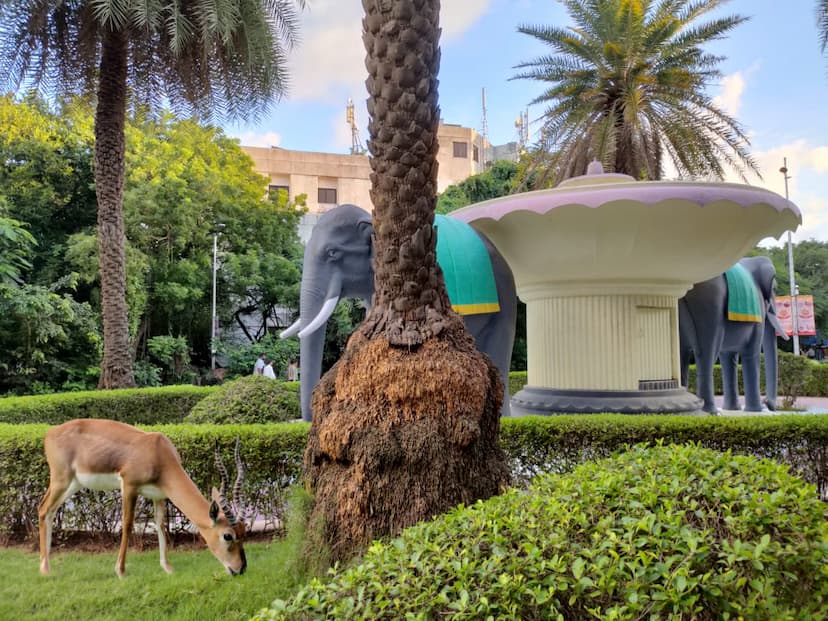Important Highlights of UGC Draft Regulations 2025: Transforming Higher Education Standards

The University Grants Commission (UGC) has recently introduced the UGC Draft Regulations 2025, aiming to reshape the recruitment and promotion criteria for teachers and academic staff in universities and colleges across India. These guidelines are pivotal for aligning the Indian higher education ecosystem with global standards while incorporating inclusivity, flexibility, and innovation. Here’s everything you need to know about the proposed regulations.
Applicability of the UGC Draft Regulations 2025
Measures for the Maintenance of Standards in Higher Education Institutions and the UGC (Minimum Qualifications for Appointment and Promotion of Teachers and Academic Staff in Universities and Colleges) Regulations, 2025 are the new regulations that will apply to:

- Universities established under Central, State, or Provincial Acts.
- Constituent and affiliated colleges recognized under the UGC Act, 1956.
- Establishments deemed as universities by the UGC Act’s Section 3.
- Engineering, technology, and management disciplines for recruitment and promotions.
Note: These regulations will be enforceable unless superseded by specific norms prescribed by other regulatory bodies.
Key Features of the UGC Draft Regulations 2025
1. Faculty Recruitment Flexibility
One of the most significant highlights is the flexibility in eligibility criteria:
- Even if an applicant’s undergraduate and graduate degrees are in different fields, they can still be considered for faculty positions based on their UGC-NET result.
- The subject of the Ph.D. degree can precede the disciplines studied in undergraduate and postgraduate levels, enabling interdisciplinary hiring.
This change aims to create a multi-disciplinary ecosystem on university campuses, promoting innovation and inclusivity as envisioned in the National Education Policy (NEP) 2020.
2. Discontinuation of the API System
The regulations eliminate the Academic Performance Indicator (API)-based shortlisting, replacing it with a more qualitative approach to assess candidates holistically.
Key factors for evaluation now include:

- Innovative teaching methodologies.
- Development of digital learning resources.
- Entrepreneurial contributions.
- Societal and community engagement.
- Contributions to Indian languages and knowledge systems.
- Promoting sustainability practices.
This shift focuses on broader academic impacts, allowing faculty members to excel in areas they are most passionate about.
3. Inclusivity for Traditional Art and Sports
The draft introduces specialized recruitment pathways to attract talent in traditional fields such as:
- Yoga, Music, Performing Arts, Sculpture, and Drama.
- Recognizes national or international accomplishments in these domains.
- Encourages accomplished sportspersons to contribute to physical education in academia.
These efforts aim to preserve India’s rich cultural heritage while enhancing the educational system.

4. Enhanced Support for Reserved Categories
To promote inclusivity, the guidelines provide a 5% relaxation in marks for candidates from:
- SC/ST/OBC (Non-Creamy Layer)/EWS categories.
- Persons with Disabilities (PwD).
Additionally, contributions in Indian languages, consultancy projects, and teaching labs will be acknowledged as notable achievements.
Revised Vice-Chancellor Selection Process
The draft regulations propose a transparent and inclusive selection process for Vice-Chancellors (VCs):
- Search-cum-Selection Committee: The Chancellor or Visitor will appoint a three-member committee, including:
- A nominee of the Chancellor/Visitor as Chairperson.
- A UGC nominee.
- A member from the university’s governing body (e.g., Syndicate/Senate/Board of Management).
- Expanded Eligibility: Opens VC positions to professionals from public policy, research institutions, industry, and public administration.
The selection process ensures diversity while addressing ongoing conflicts between state governments and governors over VC appointments.

Implementation and Compliance
Higher Education Institutions (HEIs) must amend their statutes, ordinances, and other provisions to align with these regulations within six months of implementation. Institutions failing to comply risk:
- Being barred from UGC schemes.
- Losing the authority to offer degree programs.
Focus on Indian Languages and Cultural Heritage
A notable emphasis in the draft is on promoting Indian languages in academia:
- Encourages publishing academic books and papers in Indian languages.
- Aligns with NEP 2020’s goal of fostering multilingualism in higher education.
Feedback and Suggestions
The UGC has invited stakeholders to submit their feedback on the draft regulations by February 5, 2025. Comments can be sent via the official UGC website.
Impact of the UGC Draft Regulations 2025
The UGC Draft Regulations 2025 aim to:
- Foster multi-disciplinary collaborations.
- Provide a fair and inclusive recruitment framework.
- Strengthen India’s academic standards globally.
- Preserve and promote traditional art forms and languages.
- Align Indian universities with the vision of NEP 2020, emphasizing innovation and excellence.
With these progressive reforms, the UGC is set to transform Indian higher education, making it more dynamic, inclusive, and future-ready.
For more details, visit the official UGC website.









